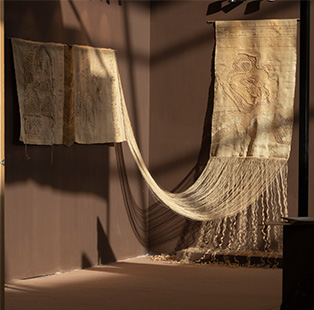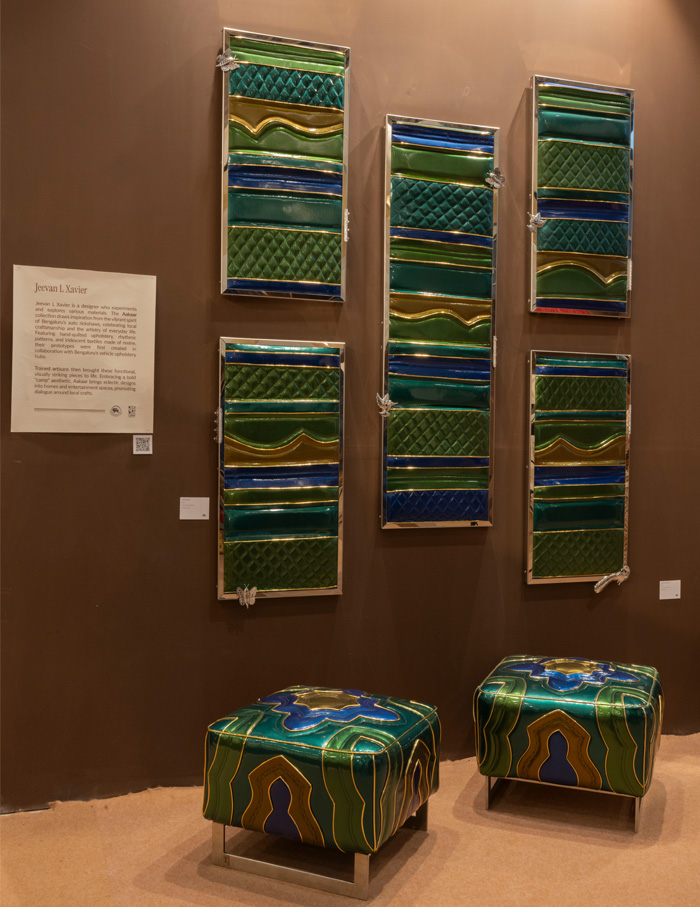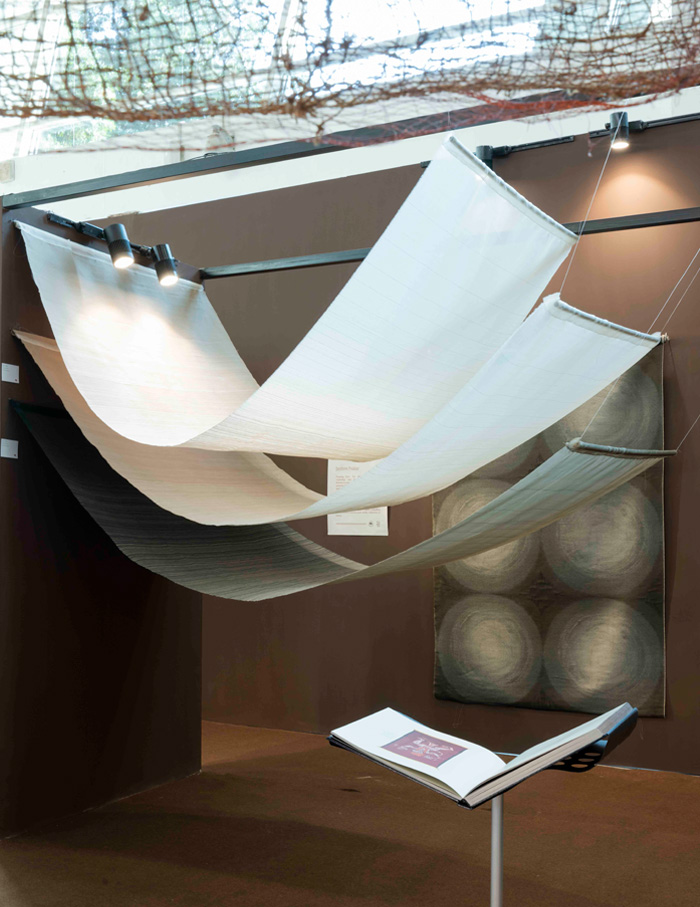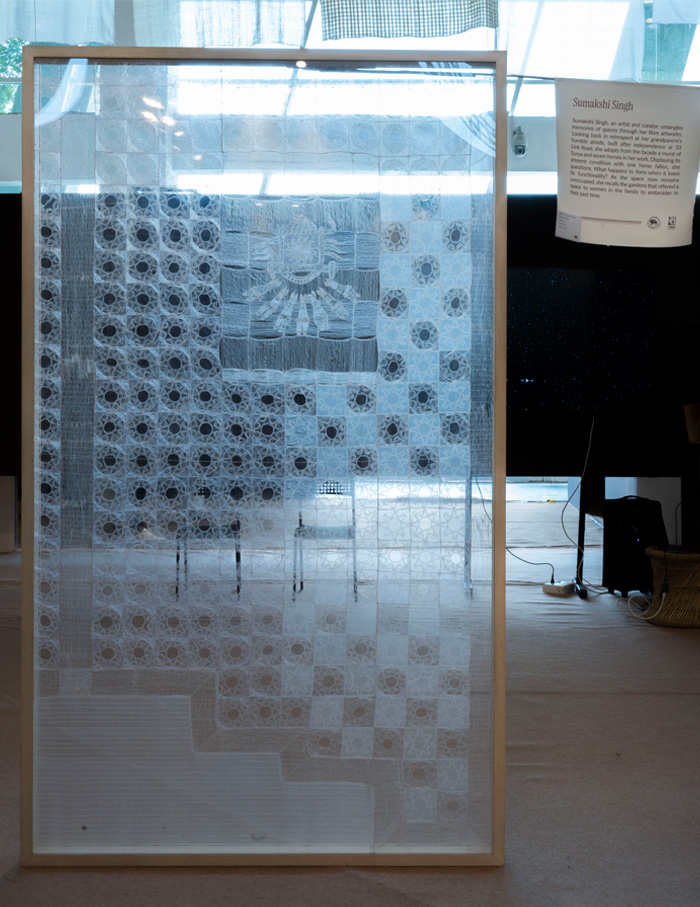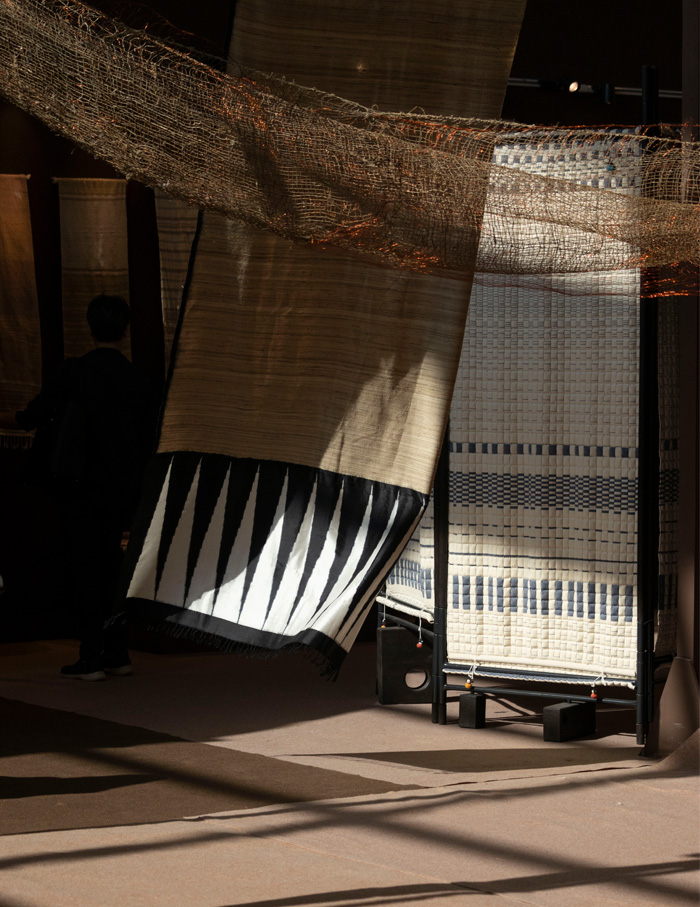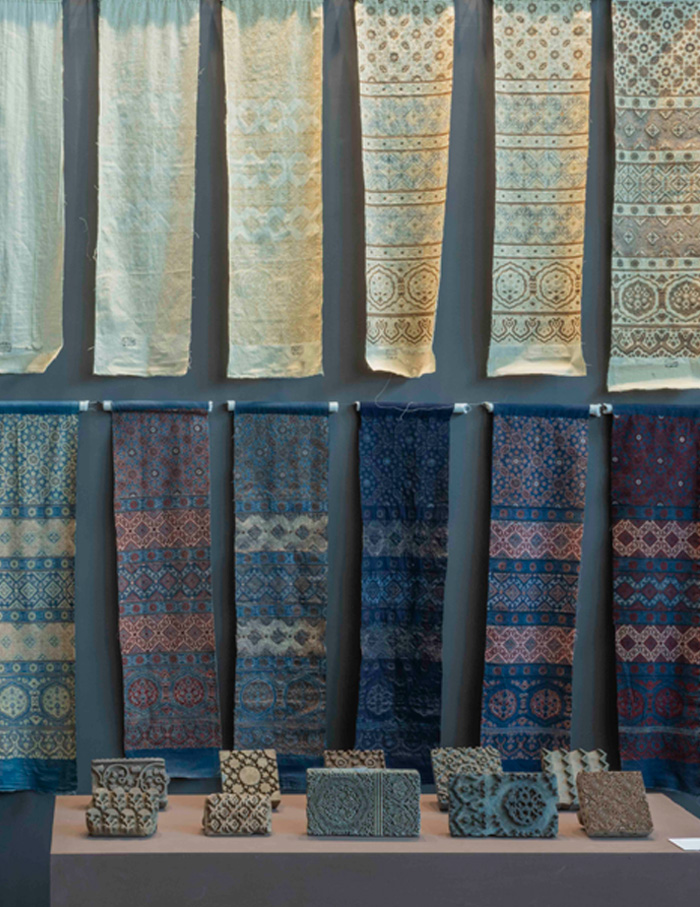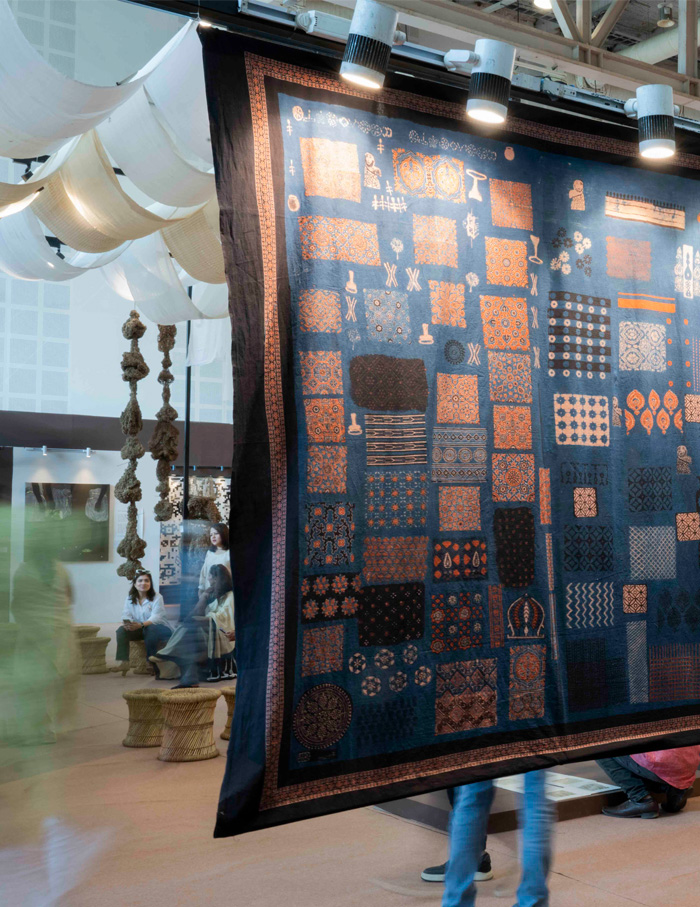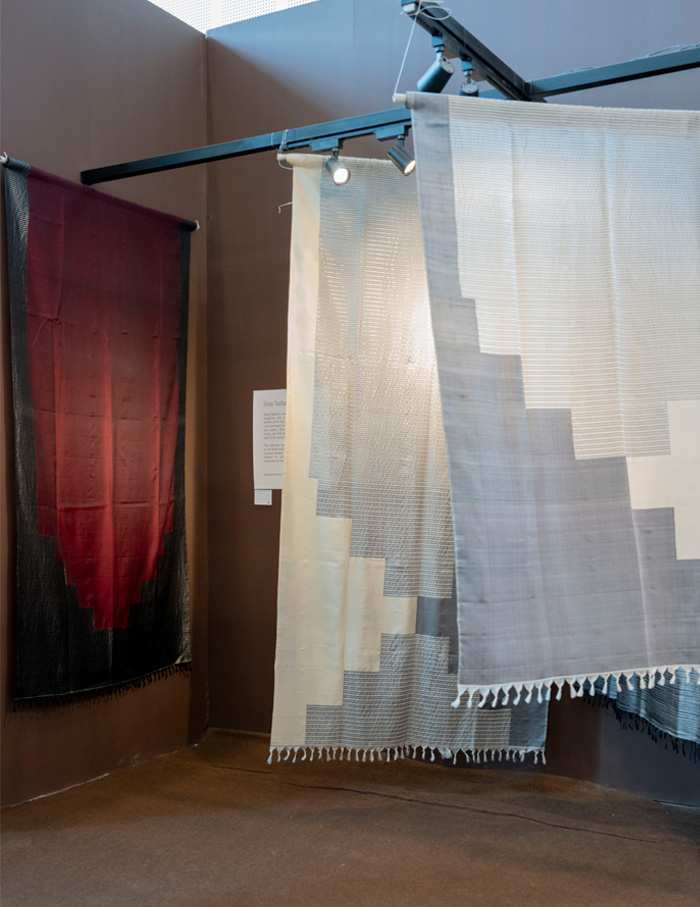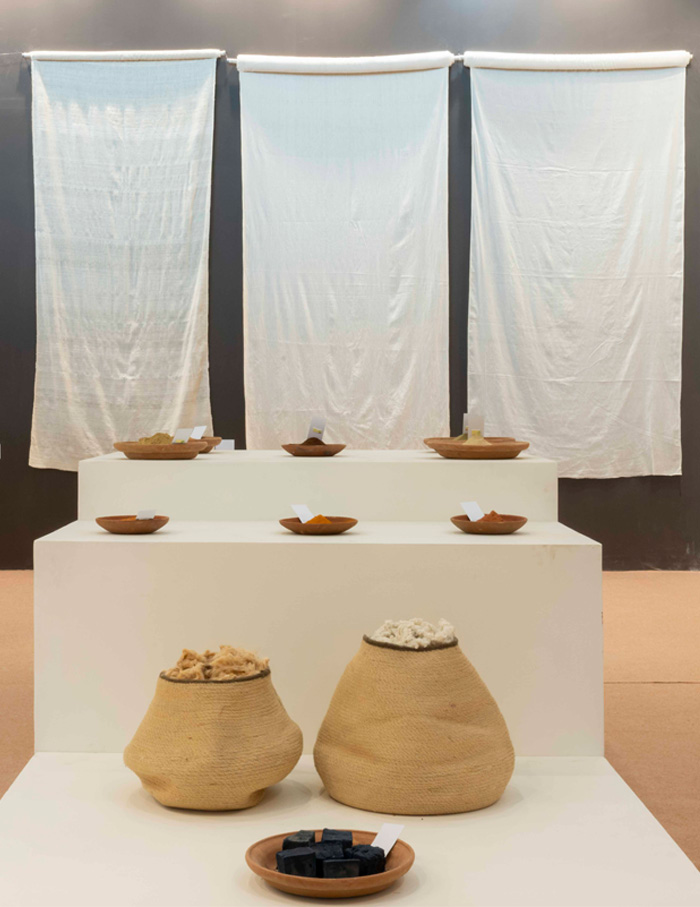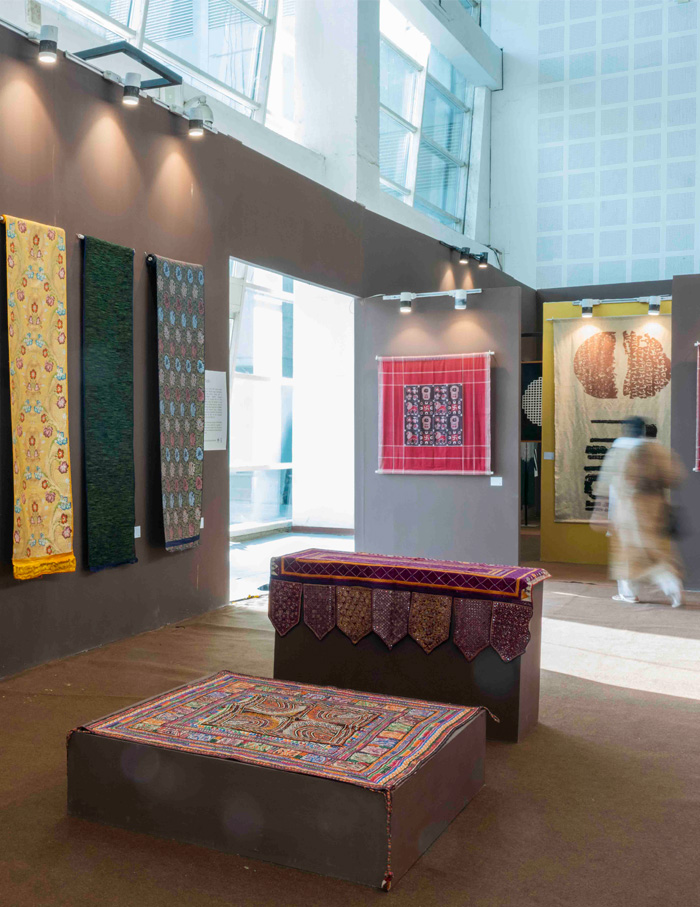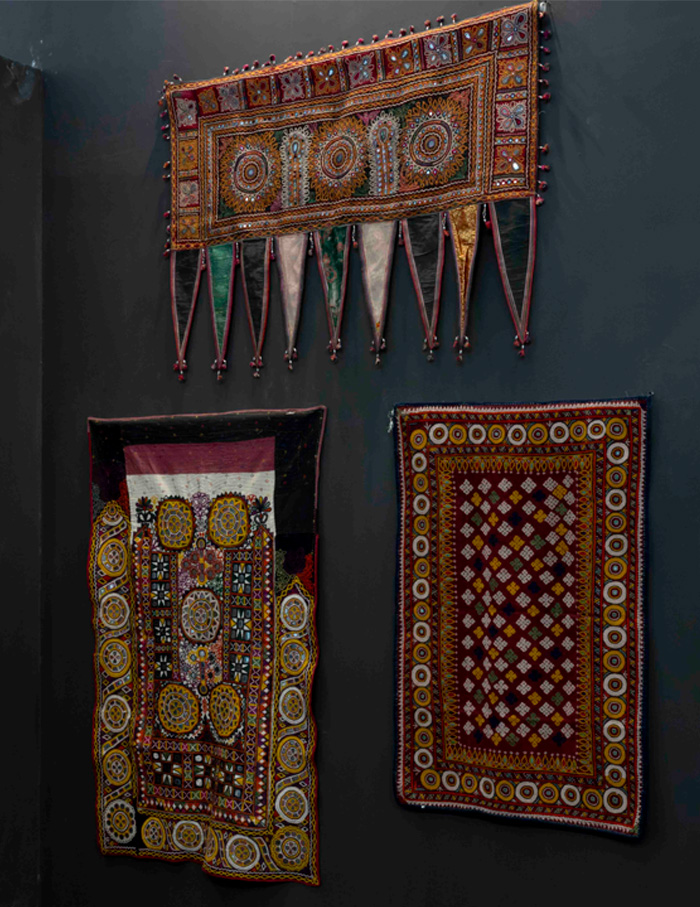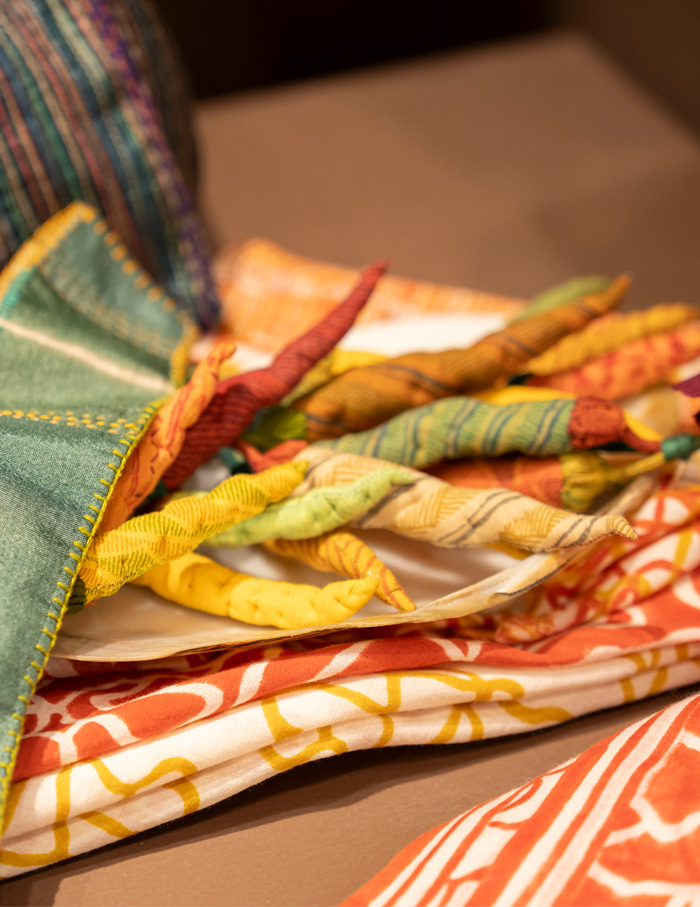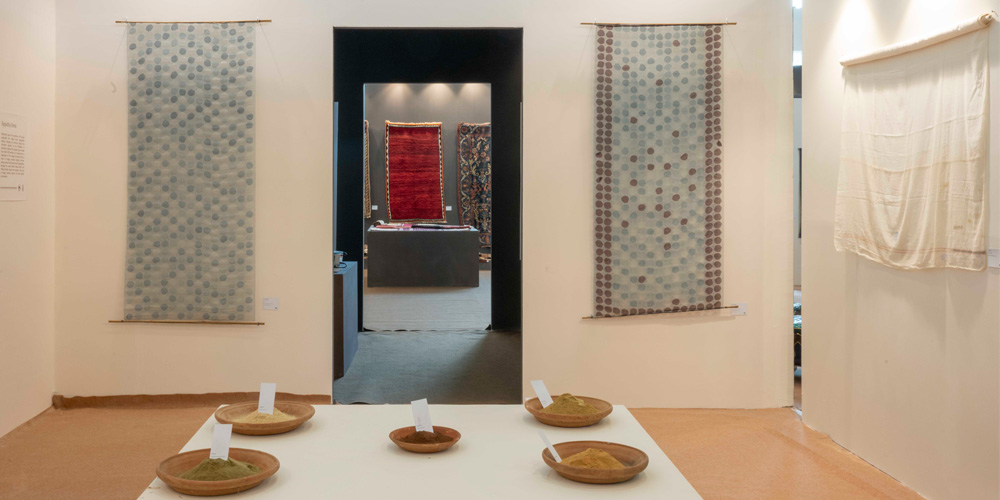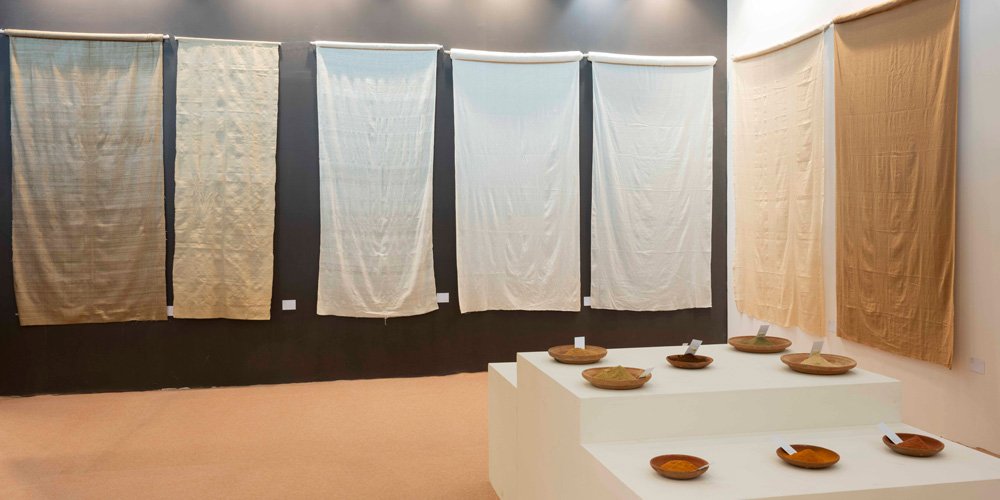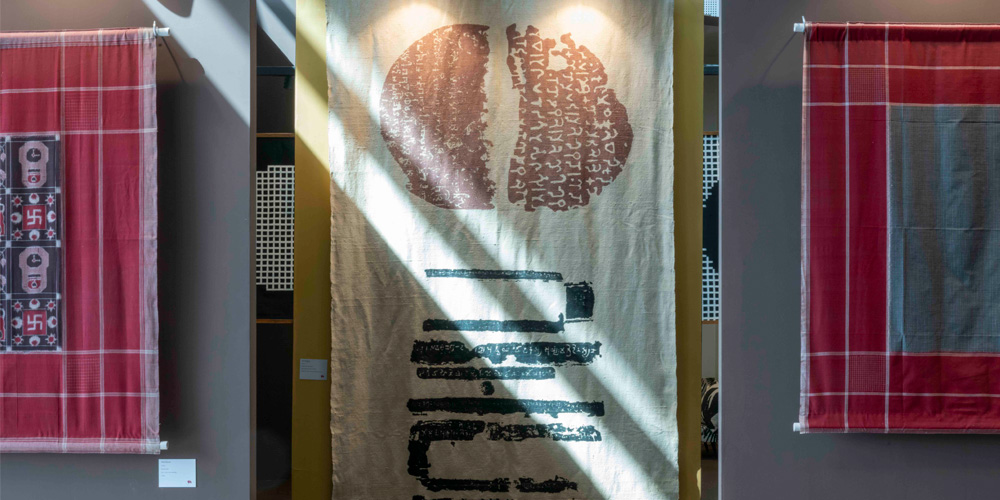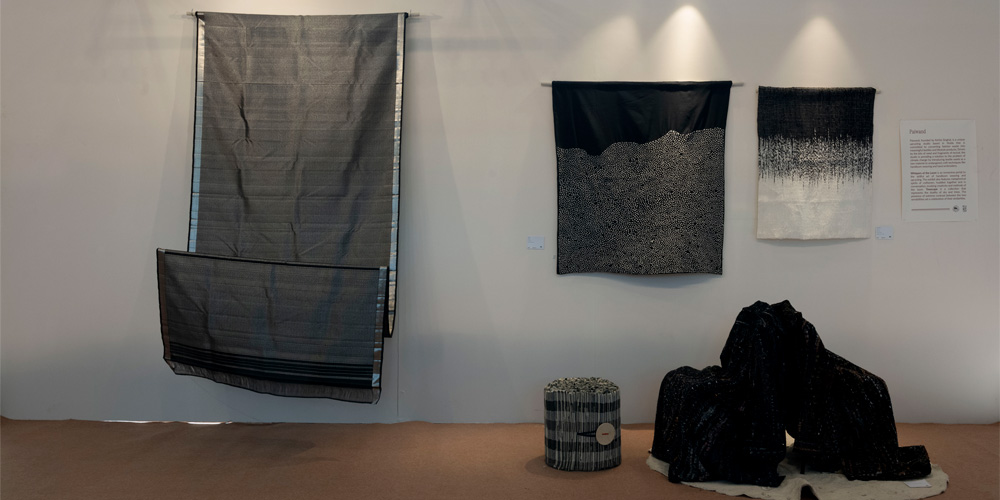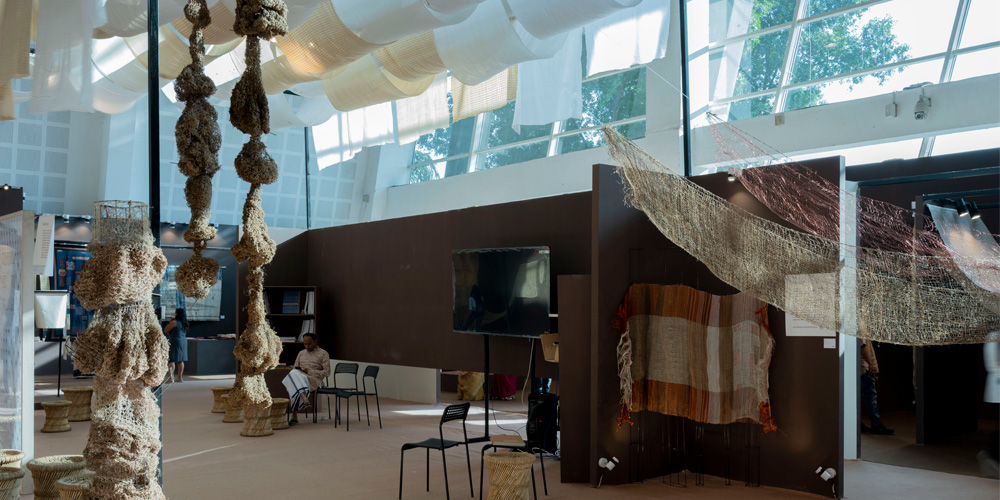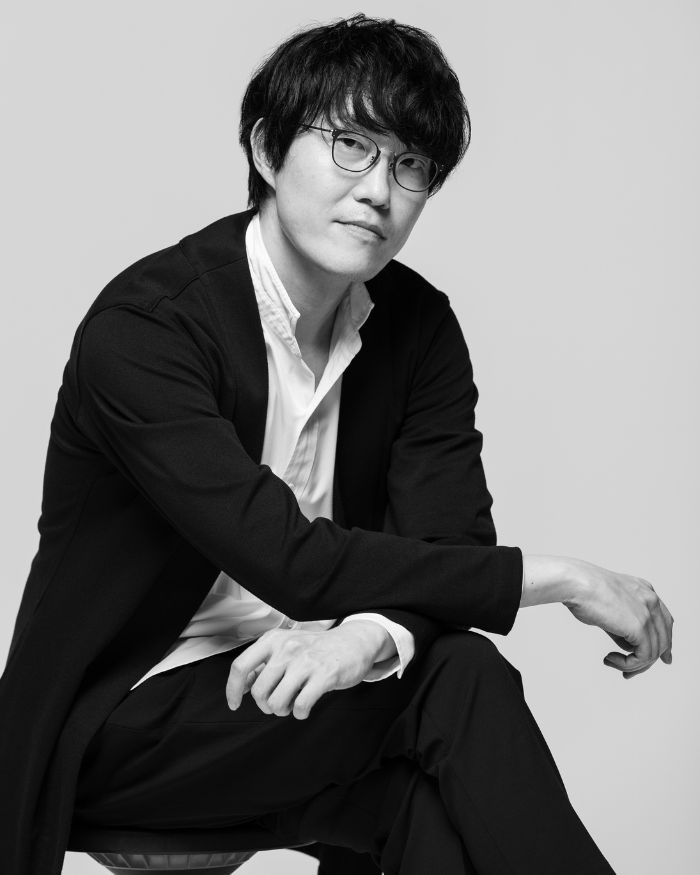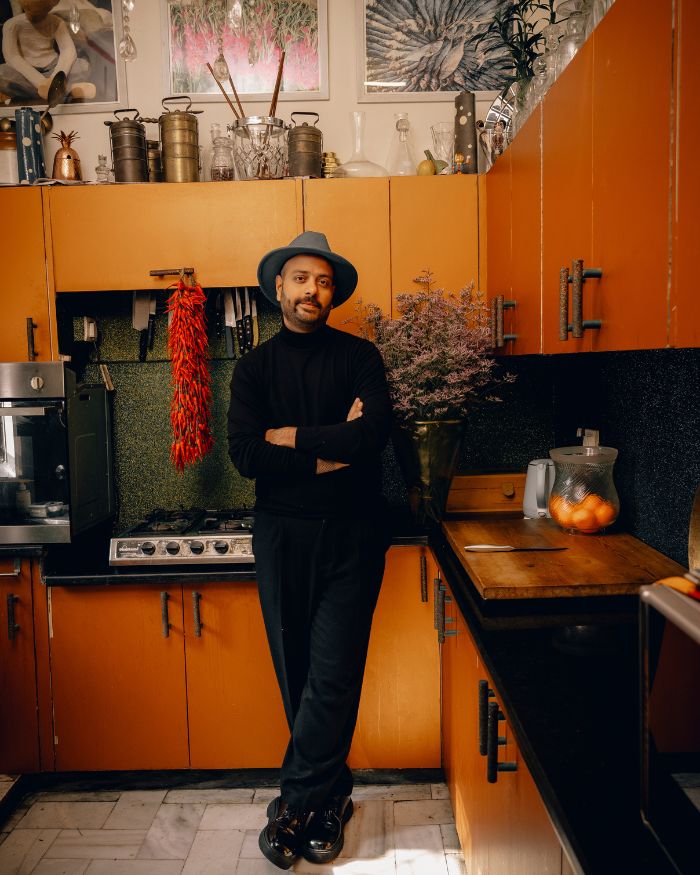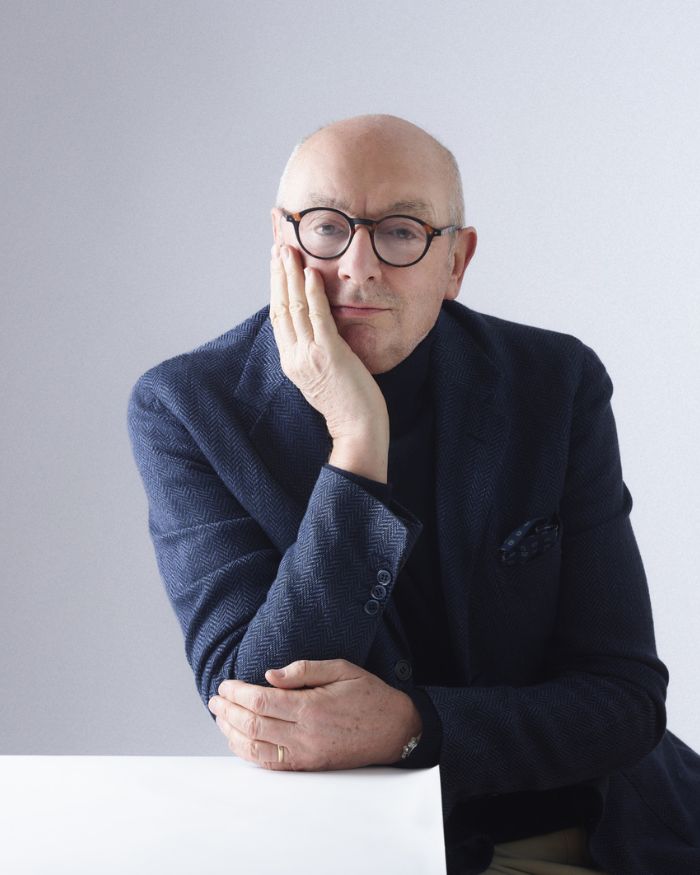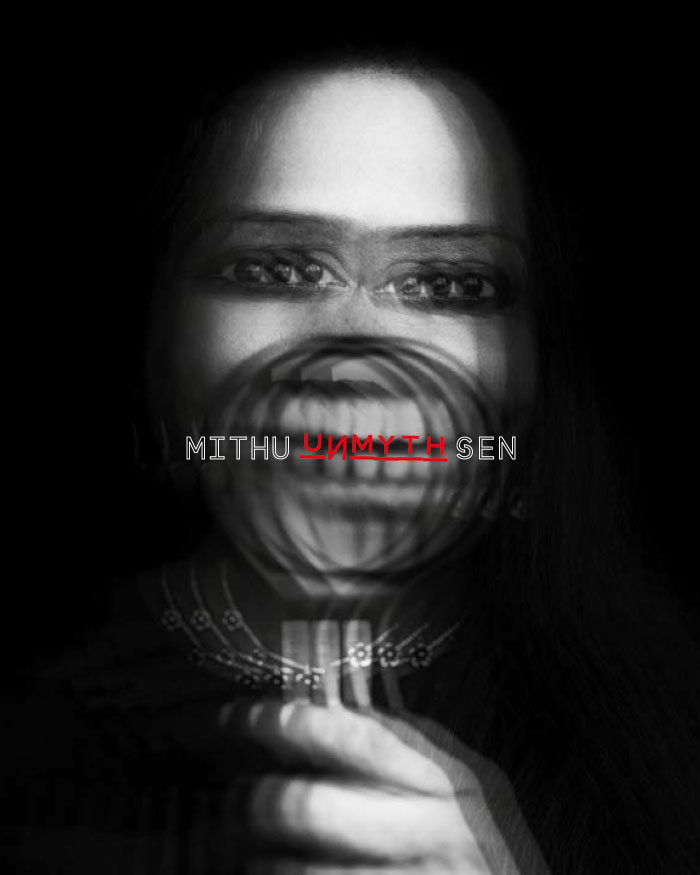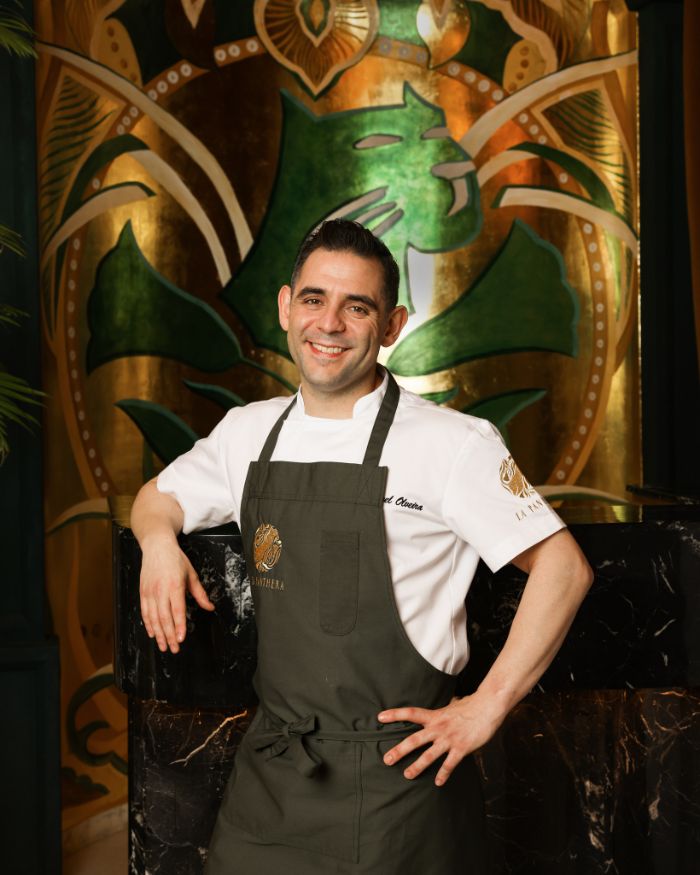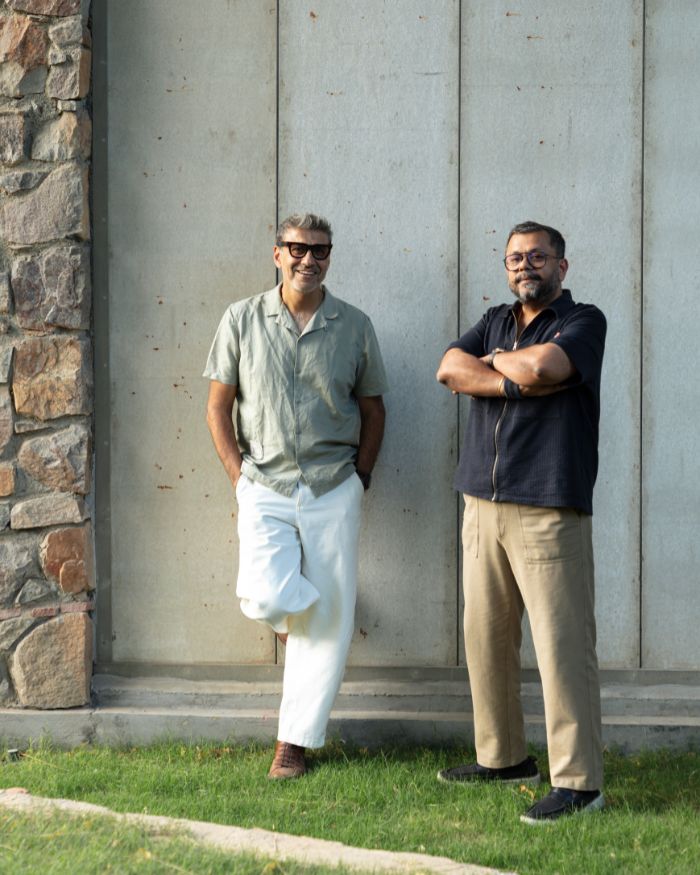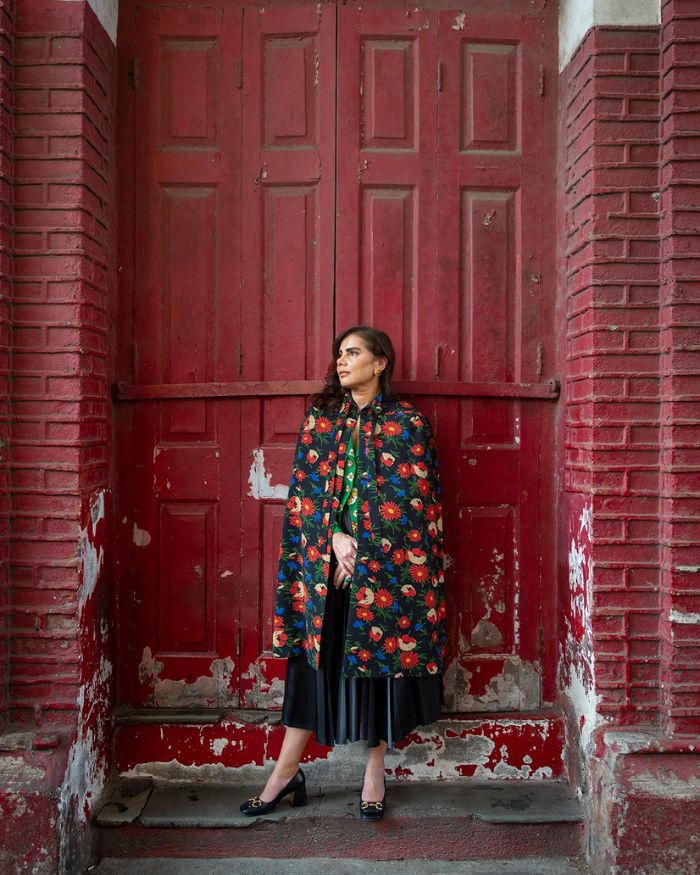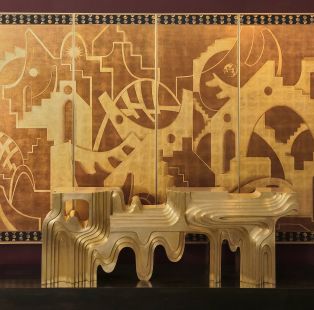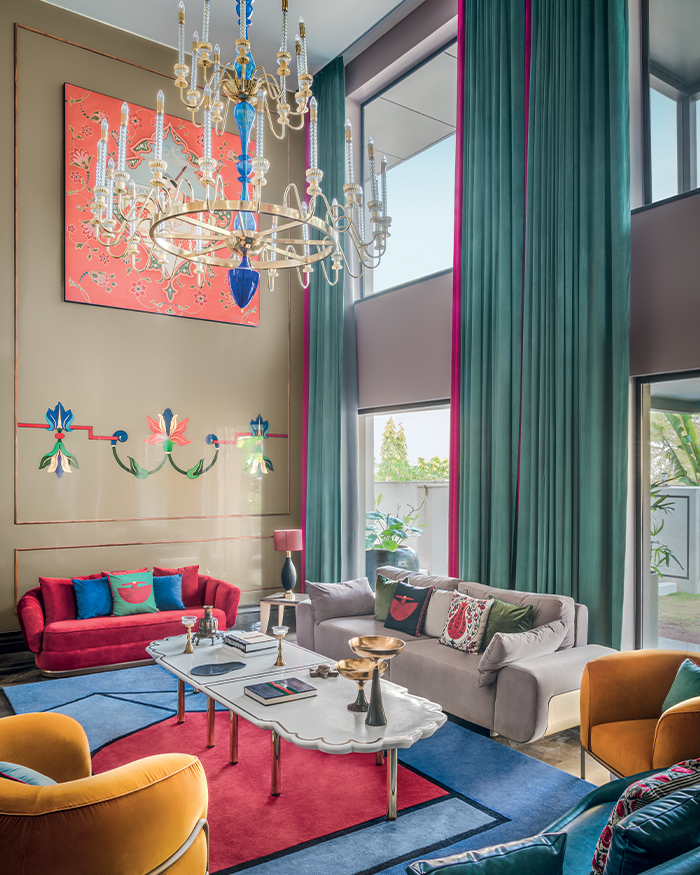History is passed down across generations in three ways — written records, oral tradition and a needle. Whilst pinpointing the origin of textiles is akin to finding the third in a haystack, it comes as no surprise that these threads are closely entangled with the human experience. The Sense and Sensibilities textile gallery, curated by The Registry of Sarees at RAW Collaborative in Gandhinagar, attempts to disentangle the past, present and future of textiles through the eyes of 36 stakeholders.
From documenting the slow erosion of handmade fabrics after Industrialisation to the eclectic red, blue and yellow hues that define Bauhaus, the gallery, quite literally, weaves a compelling tale of India. At the exhibit displayed between the 5th to 8th of December, woven pieces of history and craftsmanship draped the walls, floated above the passer-by’s heads in waves, and invited curious eyes and hands to gaze and caress their time-worn surfaces.

